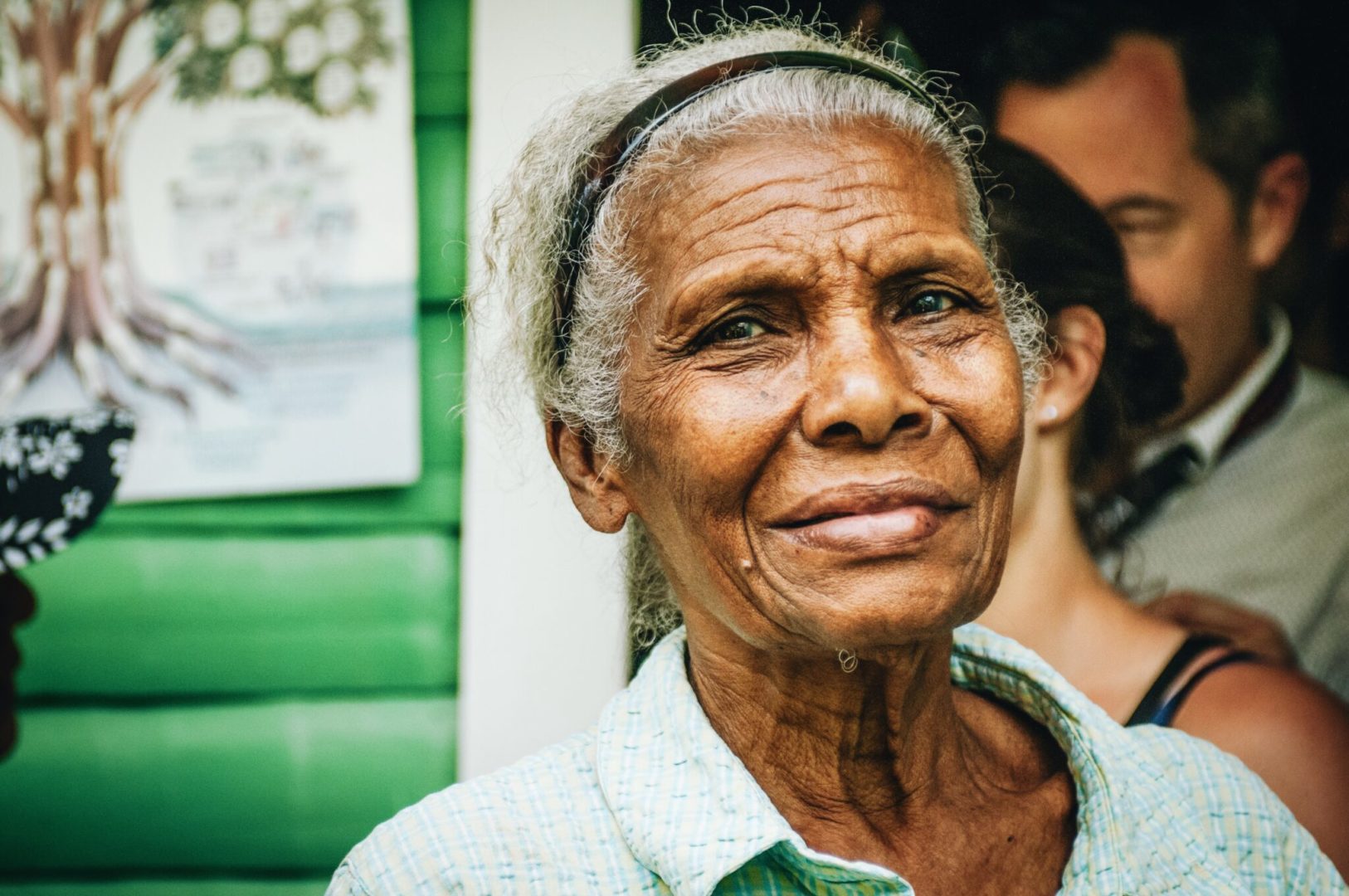Environmental storytelling has often failed to focus on the communities that are most impacted
The people most vulnerable to climate change are those living in the poorest areas.
This has been a consistent area of focus for Plant With Purpose. It is the reason why we work in the places where we work. The 800 million people who live in rural villages across Asia, Africa, and Latin America are the ones most vulnerable to climate change.
In these areas, climate change is not a hypothetical future scenario. It is a present reality and a pressing issue for the communities where Plant With Purpose works. Over the past few decades, global temperatures, rainfall patterns, and extreme weather events have grown unpredictable. This has created soil infertility, declining production of crops, and the danger of food insecurity.
In spite of this, much of the climate conversation happens at a high level, raising the question of how to avoid catastrophic future events.
These discussions are valuable as well, but without balance, public attention is drawn away from an area where the need for solutions is most urgent.
Last year saw a spike in book sales related to nature and the environment. This was especially true of children’s books, where the number of published books exploring the climate crisis and nature more than doubled in less than a year.
The top ten best-selling environmental books on Amazon include:
- A book about protecting wildlife by planting more native species in backyards
- A nonfiction book offering a vision of climate solutions not yet released
- A memoir by a couple who focused their research career on understanding elephants
- A book investigating the interest of ultra-wealthy individuals in the natural environment
- A collection of essays written by Greta Thunberg and others
- A reflection on public lands in the United States
- An investigative book exploring the journey of secondhand clothing
- Other variations of these books (audiobook format, large print, etc.)
These books cover a lot of important topics and similarly contain valuable insight. However, not a single one focused on rural communities across nations with high rates of poverty.

An example of the exclusion faced by Ugandan activist Vanessa Nakate
The people who are the most vulnerable to climate change should be at the center of how we talk about it
“It was like I wasn’t even there,” said Vanessa Nakate, after seeing a photo attached to an Associated Press article.
The photograph included four climate activists- Luisa Neubauer, Greta Thunberg, Isabelle Axelsson, and Luikna Tille. All young women from European countries. Excluded from the photo, however, was Vanessa. The 24-year-old Ugandan activist’s jacket was still visible at the edge of the snapshot, though she herself had been cropped out.
“Racism, classism and the erasure of marginalized voices isn’t new,” she said. “A photo crop-out is an easy way to describe it but it’s really a metaphorical crop-out from the narrative of climate science in general,” she expressed.
“Climate Activists of color are here, but the media portrayal of the movement often misrepresents this,” commented Xiye Bastida. “The climate crisis affects communities of color the most— and that side of our struggle can’t be overlooked”
A savior mentality often contributes to the erasure of stories from marginalized people.
In art, academia, as well as activism, a savior mentality has often portrayed Africa and other disadvantaged areas as victims, in need of a hero to come in and save the day. This harmful storytelling practice prioritizes satisfying the emotional desires of Western audiences over the empowerment of locals.
There are many problems from this way of thinking. One of the biggest issues is that it undermines the potential of locals to lead solutions.
When this mentality applies to environmental work or international development, the end result is usually erasure.

Effective environmental storytelling focuses on those most affected by the environment
It doesn’t have to be this way. We can decide to be inclusive with our environmental stories.
A few shifts in the way we communicate and consume environmental news and stories can promote more inclusive conversations.
Individuals, organizations, churches, academics, as well as other institutions should be intentional about making sure our climate communications don’t exclude those who are most affected by climate.
Plant With Purpose desires to elevate the stories of people at the frontlines of environmental challenges. We partner with locally-led teams in every place that we work to help us better understand local perspectives. We’ve learned that inclusive environmental storytelling won’t happen passively. We need to take concrete steps towards amplifying marginalized voices.
We must always ask who is excluded from broad-level conversations.
Our experiences show us that there is a disconnect between the experiences of people in rural Africa, and the way Western Media portrays climate issues.
We must also always provide people with the opportunity to tell their own story and to amplify it, rather than crafting the narratives we would prefer to hear. This can be difficult work, especially when things like a language barrier become involved, but it is still extremely important.
Above all, we must remember that we aren’t the saviors. We already have one. However, we still have the privilege of being a part of the solution without being the center of it. This posture of humility is necessary in order to truly empower a community.
Plant With Purpose strives to tell stories that remind us of the things happening at the front lines of climate change. In order to do this well, we constantly look for opportunities to listen to and amplify voices from our partnering countries. One result of these desires has been the Grassroots Podcast. To catch up on season one, follow this link and stay tuned for Season Two.

















